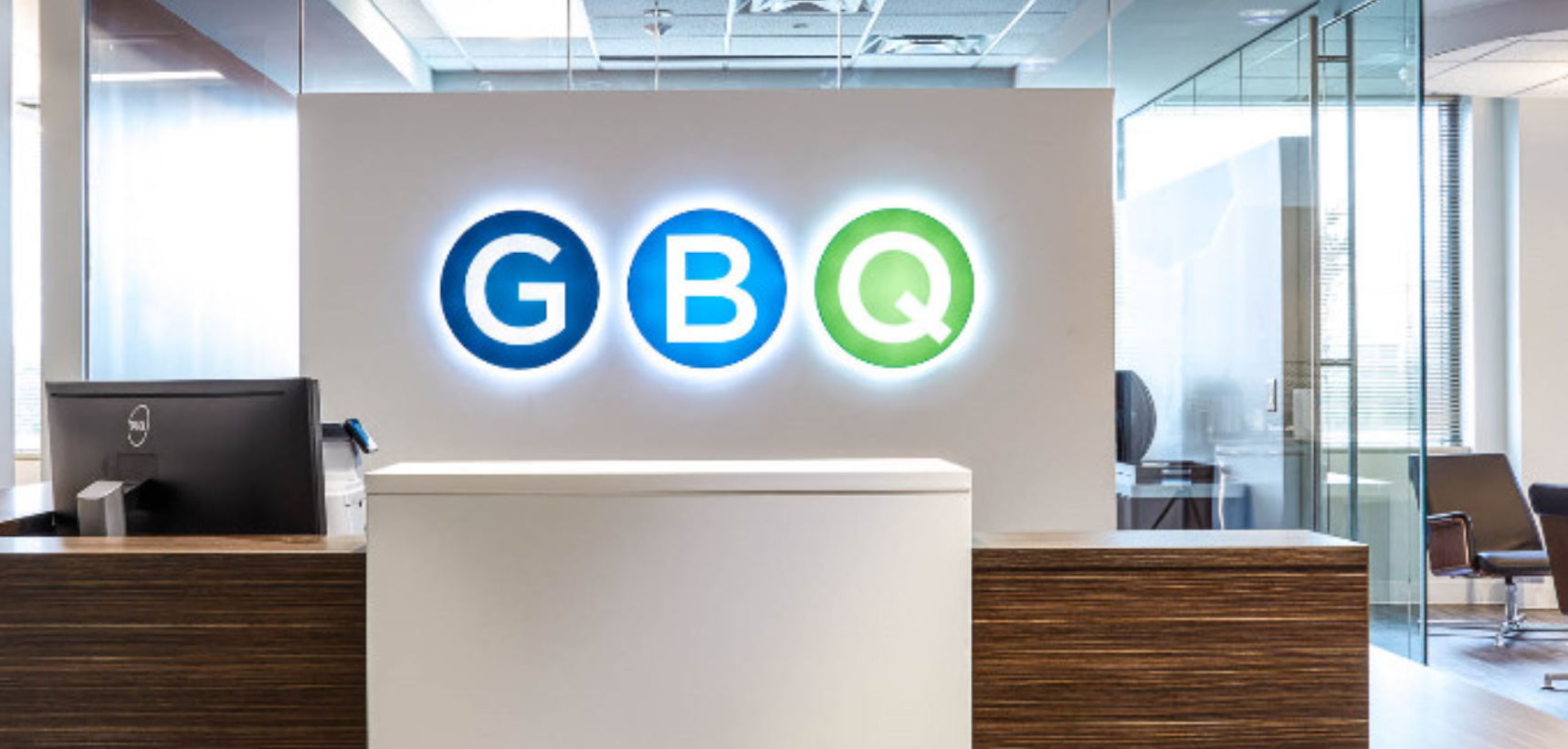A lot of what I do in my job today didn’t even exist when I began preparing for my career. There are words we use in our everyday vocabulary that hadn’t been spoken yet. There are concepts we embrace today that existed only in the land of comic book superheroes.
There was also the luxury of moving at a leisurely pace. I was studying computer science, learning programming languages, solving problems too complex for paper and pencil and (non-handheld) calculators, but I had days and even weeks to solve a problem that today I can solve in 30 seconds on an Excel spreadsheet or in even a shorter amount of time on my smartphone.
For a time, I operated in a land of zeros and ones, and programs were visualized on punchcards. There was one computer on the campus of Indiana University and it had a climate controlled building all to itself. A couple of dozen terminals could be found in strategic spots on campus, and by terminal, I mean a place where we could type our programs (which were first written out by hand, line by line, on pieces of notebook paper), and then our programs would be translated into the ones and zeros and spit out on cards, one card for each line of the program.
We would then carry our cards in long boxes to the computer building and turn them in. We were promised that if we returned in 24 hours we would see the fruits of our labors, printed out on green and white striped paper, and usually we would pore over the lines of programming language, looking for a missing comma or an extraneous letter that caused the program to abort, we’d search for the card in our stack (hundreds of cards for a typical program), keypunch a new card, insert it in the right place in the stack, turn in the program cards again, wait another 24 hours, and so on.
Our patience was rewarded not just with programs that eventually did what we expected, but with the immeasurable excitement that we were on the cutting edge of a remarkable change. Without even a clue as to what that change would be or where it would lead us, we were drawn like the Pied Piper’s children to follow the trail of bleary-eyed students heading to the computer center in the middle of the night, the most likely time to find a free terminal.
I took my computer experience, combined it with my journalism and my accounting education, and got on a locomotive that led me to a career of teaching accountants how to use software programs and writing about technology as it serves the accounting profession.
My point here is that, given the pace at which change is occurring today, you can pretty much guarantee that at least some aspects of whatever you’re going to be doing 10-20 years from now don’t exist today. You don’t even know where that locomotive is heading. Just hang on and enjoy the ride.
Thanks for reading CPA Practice Advisor!
Subscribe Already registered? Log In
Need more information? Read the FAQs
Tags: Firm Management, Technology




